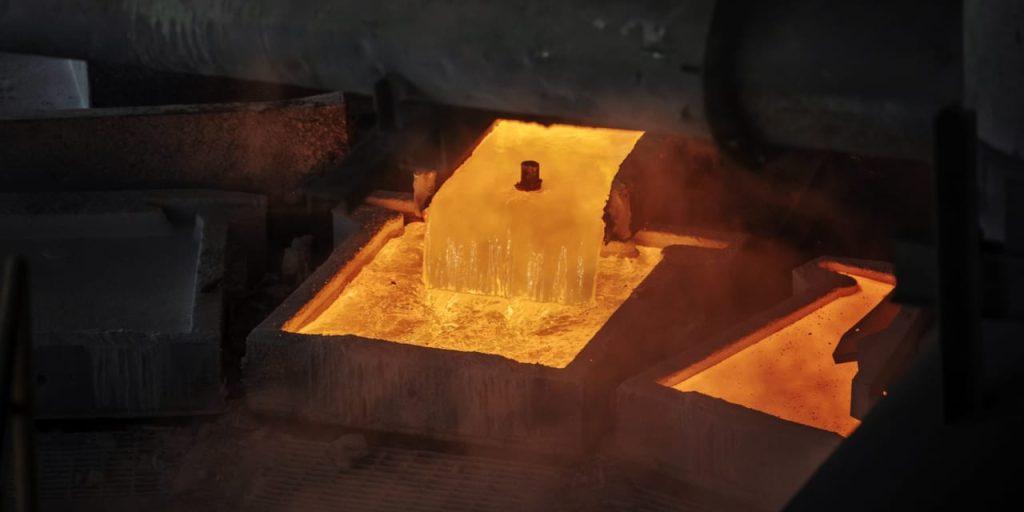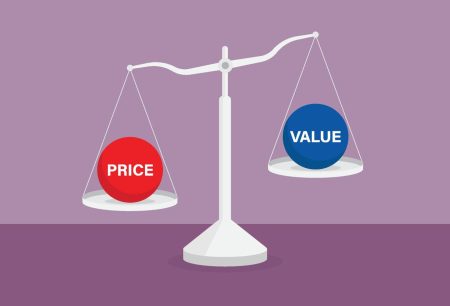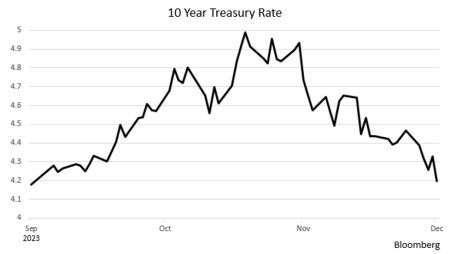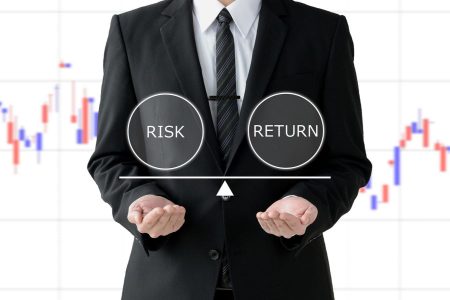Commodities had a starring role in 2022 and 2021, but lost their shine this year as China’s economy sputtered. At these prices, it could be time to consider adding commodities to your core portfolio.
The S&P GSCI commodity index, with energy its largest weighting, is down about 1% this year, while the Bloomberg Commodity Index, which is one-third energy, one-third metals, and the rest in other commodities, has tumbled 5.5%. The broader stock market is up 16%.
There are long-term reasons to hold the asset class: Commodities sit at the crossroads of three big investment themes—elevated inflation, a changing China, and the transition from fossil fuels toward renewable energy.
China, the world’s biggest commodities consumer, is a driver of prices for raw materials from copper to crude oil. But tremors in its economy and property market have dampened the outlook even as commodity markets appear to be holding up.
“Concerns about the demand outlook have weighed on commodities all year,” says Roland Morris, a commodity strategist and portfolio manager at VanEck. While performance has been lackluster, the asset class has held up fairly well, he adds.
“If you think of the fundamental headwinds we’ve had this year, it’s pretty impressive actually,” he says. “China’s growth has been incredibly disappointing, and Europe’s in a recession.”
In August, VanEck launched the
VanEck CMCI Commodity Strategy
exchange-traded fund (ticker: CMCI). The ETF is based on the same underlying index—the UBS Constant Maturity Commodity Index—as its mutual fund sibling (CMCAX), which has $576 million in assets. The mutual fund launched in 2010 and has a four-star, gold-medal rating from Morningstar. It has returned 2.6% this year.
Kathy Kriskey, senior commodities ETF strategist at Invesco, is positive about the outlook for the second half of the year. “We’re seeing the tide turn,” she says. “I am still cautiously optimistic that things will sort themselves out in China and we will continue to see demand growing out of China.” While not a basic building block like stocks or bonds, says Kriskey, it’s reasonable for investors to have commodities make up 5% to 8% of their portfolios.
Commodities have long been considered a way to offset the risk of rising inflation. Even though inflation has come down from a peak rate of 9.1% last summer, it’s still above 3%. “We believe that an inflation hedge is necessary because inflation is sticky,” she says.
Pimco is also betting on commodities as an inflation hedge. In May, the firm launched its first commodities ETF, the actively managed
Pimco Commodity Strategy Active
(CMDT). The goal of the strategy is “to provide a hedging solution for inflation,” says Greg Sharenow, the fund’s portfolio manager.
The fund, which will invest in a broad range of commodity-linked instruments, has already amassed more than $197 million in assets. It’s off to a good start: Three-month total returns stand at 12.2%; it outperformed 87% of funds in its category, according to Morningstar. “We believe that real assets are going to be a major portion of portfolio construction over the next five to 10 years,” says Sharenow.
Others aren’t so certain. “Broad commodities probably shouldn’t be part of a long-term portfolio strategy,” says Rob Haworth, senior investment strategy director at U.S. Bank Wealth Management. “You’re not sufficiently compensated for the risk. They may generate equity-like returns, but typically with much more volatility and unpredictability.”
If China’s economy continues to slow, investors will need to buckle up as commodities are probably in for more volatility. But metals critical to energy transition, such as copper, could fare better.
Write to Lauren Foster at [email protected]
Read the full article here















